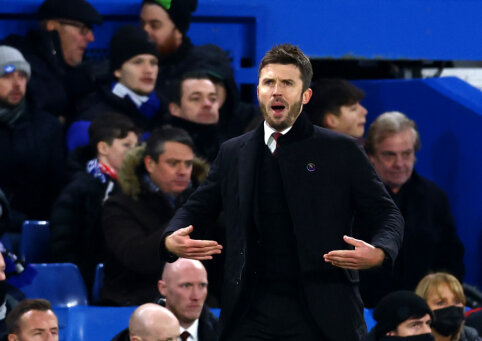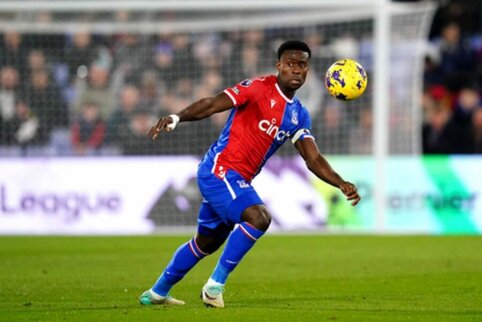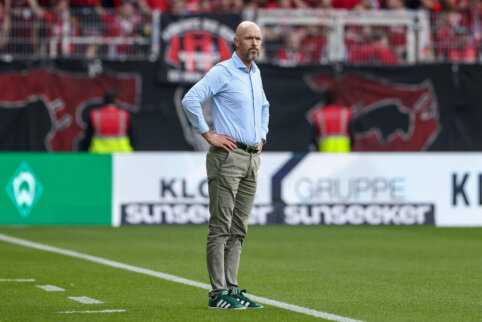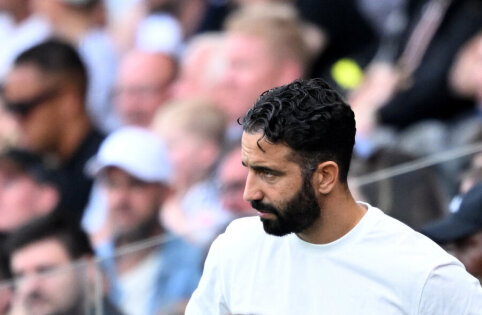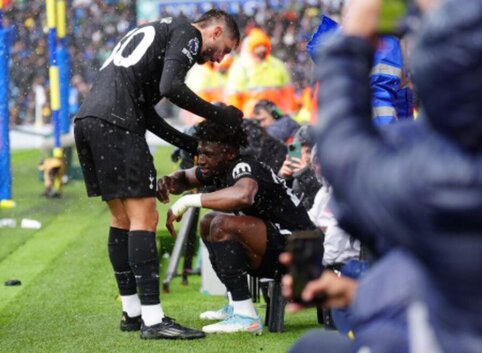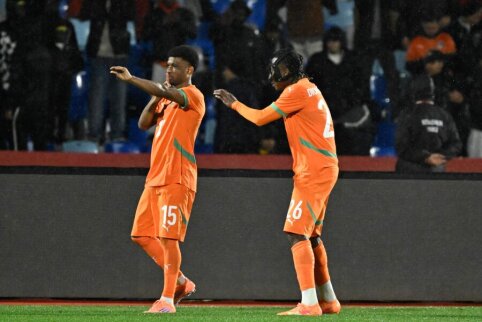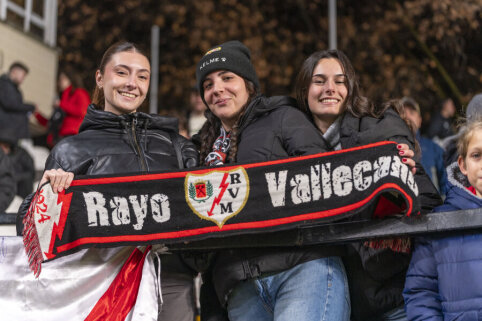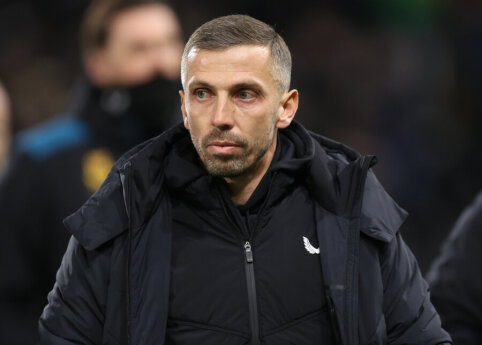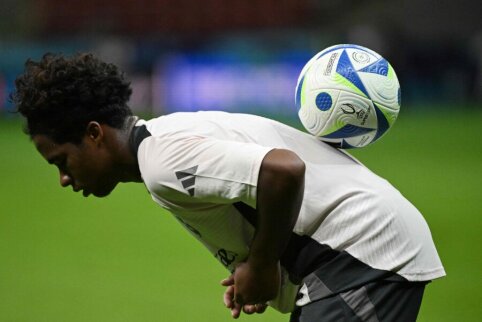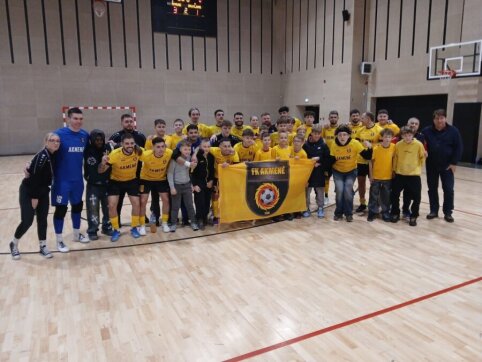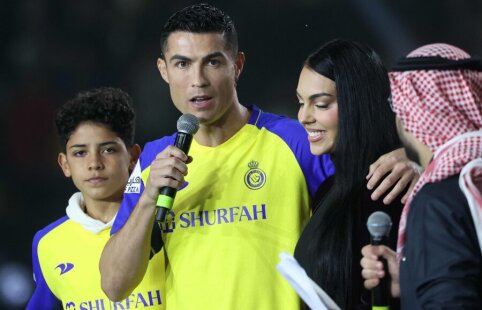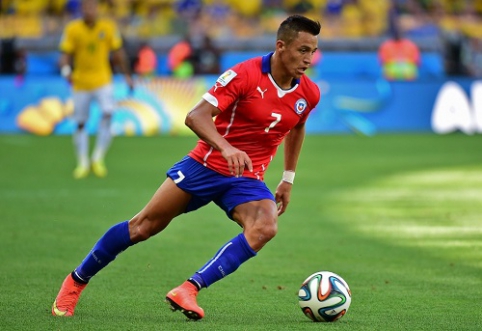
It is understandable that Arsene Wenger, the strategist of London's Arsenal club, was delighted when the deal with Barcelona was completed and Chile's national team forward Alexis Sanchez became an Arsenal player.
"Alexis will add strength, creativity, and much quality to our team, so we are looking forward to his joining us in the next few weeks," said the Frenchman.
We rarely describe a footballer with both of these words - strength and creativity. Usually physically strong and creative players are very different, but Alexis is a complete threat to opponents' goals.
His best demonstration of versatility was in the recent Chile national team match at the World Cup, where they lost to Brazil after penalty shootouts. In this game, Alexis started as a right winger and looked for opportunities, breaking the opponents' defense with his runs behind them. It was from this position that he scored the equalizing goal.
However, after an hour, coach Jorge Sampaoli substituted forward Eduardo Vargas, a player somewhat similar in style to A. Sanchez, and allowed veteran forward Mauricio Pinilla onto the field. Alexis' role changed - the winger moved more centrally from the right flank, picking up the ball from deep, connecting the safe and attacking lines, looking for opportunities to release teammates into open spaces. His and M. Pinilla's play along the "wall" allowed the latter to expand in the final stages of the match, but the ball shook the goalpost.
Alexis showed that he can play in both roles - like Thierry Henry and Dennis Bergkamp. Strength and creativity.
A. Sanchez's adaptability developed because in the early stages of his career he was assigned various functions on the field on both sides. In the 2010 World Cup, Alexis left the impression of a clever, twisted winger in the direct Chilean national team, which liked to press opponents in their half of the field, but in the next season Alexis was named the best "Serie A" player playing a completely different style. The Udinese team then demonstrated a counterattacking style of play, where the Chilean was given a place behind Antonio Di Natale, adding power to attacks in the center.
After his move to Barcelona, Alexis played differently again. A. Sanchez had to adapt to the team relying on Lionel Messi. He was instructed to make runs behind the defenders, and Alexis was sometimes used as a pure center forward. A. Sanchez was a serious threat to opponents' goals, but he constantly felt that his game was restricted.
A. Sanchez's versatility means that within Arsenal, he can be utilized in several ways. Alexis can play on the right flank, especially when Theo Walcott is absent due to injury, but the Chilean can also be an alternative to Olivier Giroud in the attack.
O. Giroud and A. Sanchez are complete opposites. Giroud - tall, strong, good in the air, and static in occupying his position, helping teammates see attacks deeper in the field. Alexis is small, agile, loves to dribble the ball, and is especially a direct forward. These two forwards could form a good tandem if A. Wenger used a 4-4-2 formation as an alternative to the usual 4-2-3-1, as happened in the FA Cup semifinals and finals at the end of last season.
According to Alexis Sanchez himself, his game for the Chile national team would fit best in his new club. "The team plays excellent football, which suits my style of play. That's why I moved here. Arsene Wenger's style of football is similar to that of the Chile national team, so I'm used to it."
In the past, A. Wenger has changed player roles on the field. From among the more memorable examples - T. Henry's performance from the wing to the central forward and Kolo Toure's move back into defense. It will be a pleasure for the Frenchman to work with a versatile, complete, and highly skilled forward.
Alexis Sanchez demonstrated different styles of play representing Chile, Udinese, and Barcelona clubs. Who could predict how he will play in the Arsenal ranks?
Analysis by M. Cox
Rokas Rudzenskas


